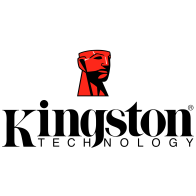 |
Q & A : Benchmarks : Capacity vs. Cost (aka Size Efficiency) |
What is it?
A chart, available in all benchmarks that compares the capacity of the device with its purchasing cost. It allows us to view how capacity varies with cost (i.e. how much capacity you get for your money) for different models of the same product as well as competing devices and which one is the most cost effective.
Why do we measure it?
For storage devices (memory, hard disks, etc.) the primary metric is not performance but Size Efficiency, i.e. how much capacity you get for your money.
What do the results mean?
- The result is a ratio of capacity (TB, GB, MB, etc) over cost (currency)
- As higher capacity is always better, the higher the ratio of capacity over cost the better the Cost Efficiency.
Typical Results from Chipsets & Memories on the Market
Note: Prices fluctuate all the time; the below table was correct as of December 2010, for US market, in USD, via JustRelevant and is provided as an example only. Please check prices in your own region.
You can check your own chipset/memory’s Size Efficiency or view how other chipsets/memory measure up using the Capacity vs Cost tab in Sandra’s benchmarks.
Typical Results from Hard Disks on the Market
Note: Prices fluctuate all the time; the below table was correct as of December 2010, for US market, in USD, via JustRelevant and is provided as an example only. Please check prices in your own region.



